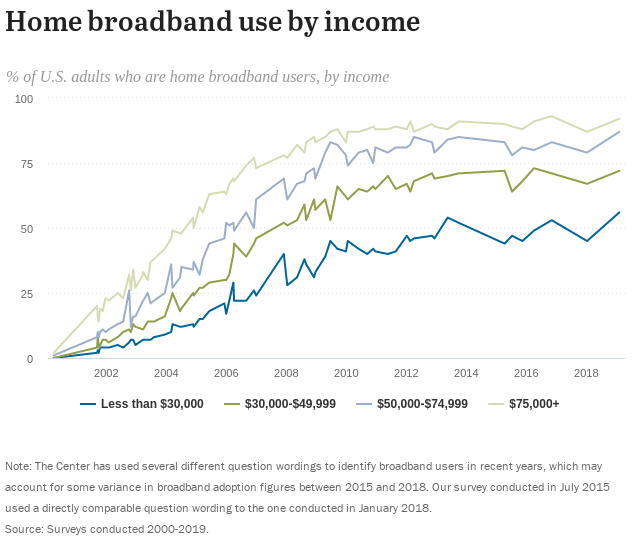Header Image: The People of Detroit
Food deserts are a multilayer issue that brings to the forefront of the conversation key questions about the nutrition of the nation. The U.S. Department of Agriculture defines food deserts as “locations without easy access to fresh, healthy, and affordable foods,” and estimate that about 37 million Americans live in food deserts across the country. But the problem is multifaceted in that while it is often thought of as an issue associated with geographic restrictions, it also involves issues surrounding poverty, race, personal choice, and the struggle of disproportionately high prices, especially for vegetables and fruits.
The lack of food access in our communities is really systematic of a consolidation of a food system that has really placed people underneath profits and just rolls through communities.
Ladonna Redmond, Campaign for Food Justice Now Founder in a live stream with Al Jazeera English
Inevitably, economic disadvantages have a direct impact on low-income communities, which are usually made up of minorities and marginalized communities. Keeping in mind that the 2010 U.S. Census indicated that approximately 36% of the population belongs to a racial or ethnic minority group, nutrition for minorities will determine the future of the country’s health. The 2015–2020 Dietary Guidelines for Americans indicates that Americans only consume 0.9 cups of fruit and 1.4 cups of vegetables per day, falling short of the recommended 2 cups of fruit and 2.5 cups of vegetables that people need for a 2,000 calories daily diet.
Grocery Shopping During the Pandemic
Before the pandemic, access to grocery stores was a problem for many Americans. During the pandemic, those problems have only intensified, among challenges that arise from limiting grocery store operation hours and high demand for specific products. Public transportation has also limited their frequency reducing access for people to travel to other locations with better options for food shopping.
Meanwhile, multiple surveys and reports show that the coronavirus outbreak has changed how Americans approach eating. Whether this is because in-person grocery shopping has drastically been reduced or because people have been forced to cook more at home due to the lockdowns and the closing of restaurants, “85% of Americans have made at least some change in the food they eat or how they prepare it because of the coronavirus pandemic,” according to the International Food Information Council’s (IFIC) 2020 Food & Health Survey.
A data-driven technology-enabled services company, Inmar, conducted a survey of 300 consumers across the US in May and found that 78.7% of consumers reported grocery shopping online since the beginning of the coronavirus crisis, making the online experience a priority for retailers. When observing the trend towards online grocery shopping—which has seen a significant spike of 39%—it is interesting to consider that the cost of food in general increased 2.6% in the month of April, which is the biggest month-to-month increase since 1974, according to the Bureau of Labor Statistics. And to compound this price increase, the costs associated with grocery delivery are not accessible by everyone, especially when about 38 million Americans rely on food stamps according to the Center on Budget and Policy Priorities.
Another interesting aspect is the use of Internet by grocery shoppers. According to Pew, as of today nine-in-ten American adults use the Internet. While nowadays roughly three-quarters of American adults have broadband Internet service at home, the adoption of Internet at home varies across demographic groups. Racial minorities, older adults, rural residents, and those with lower levels of education and income are less likely to have broadband service at home.


Nonetheless, more and more Americans use smartphones as a replacement of a basic line at home, in fact one-in-five American adults own a smartphone, but do not have traditional home broadband service. Those dependent on smartphones for online access are mostly younger adults, non-whites and lower-income Americans.

Any solution to try to solve the conundrum of food deserts is going to be different depending on the community. To change the dynamics for food justice requires a bigger effort, which involves community driven projects, corporations, allocations of resources from the government, and education.
The good news is that numerous organizations are working non-stop to help find just solutions for our food systems. Some of those organizations include DoSomething.org, The Food Trust, Food Empowerment Project, Everytable, Conetoe Family Life Center, Farmexpress, 412 Food Rescue, and loan fund, among many others. Check out those organizations and see what you can do to help and turn to your local organizations and leaders to see how you can make a change in your own community.
 Food
Food Farmers
Farmers Sustainable Living
Sustainable Living Living Planet
Living Planet News
News